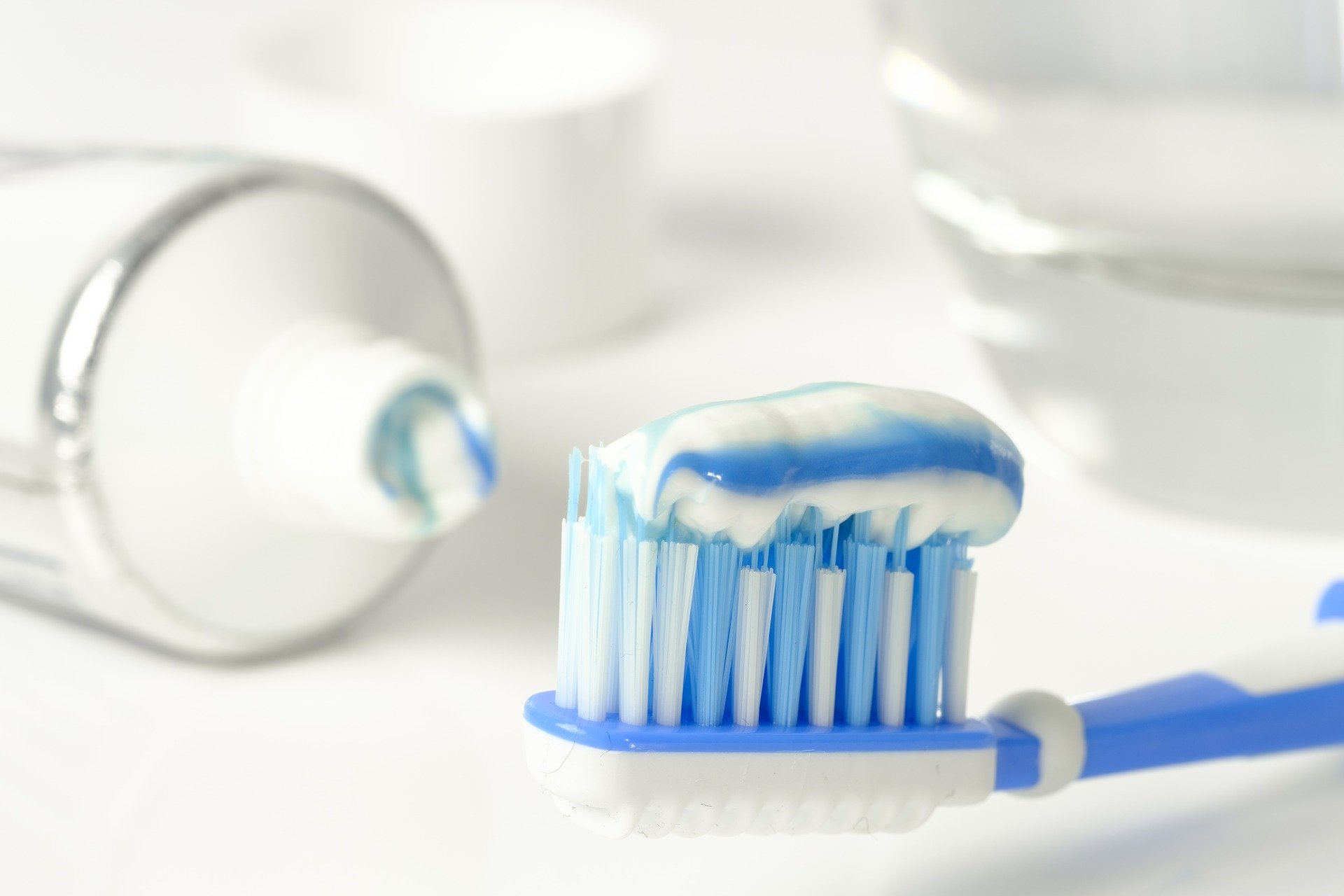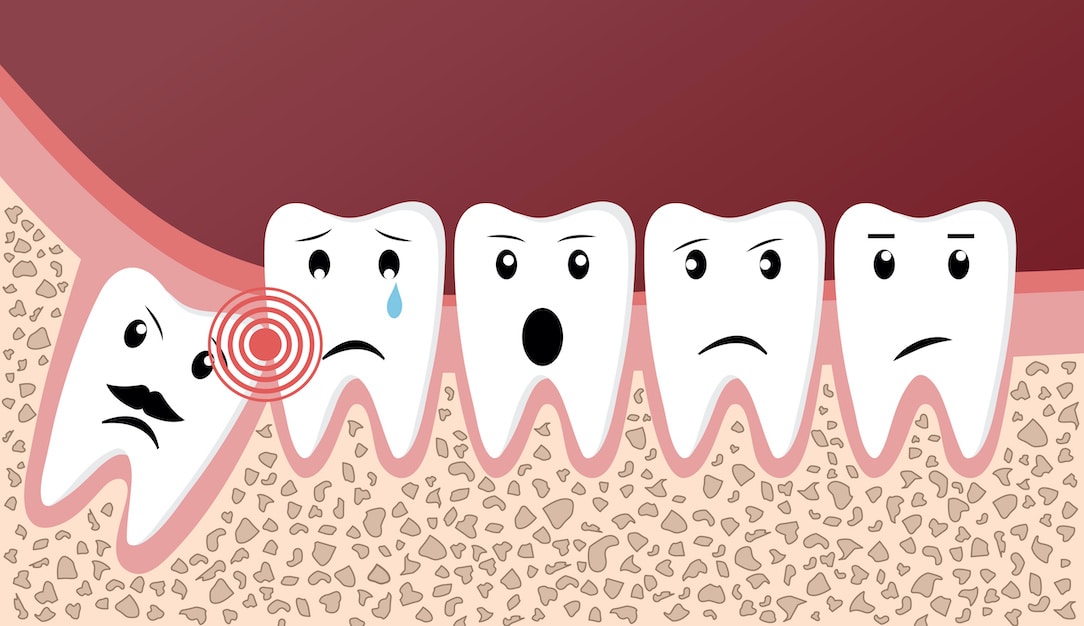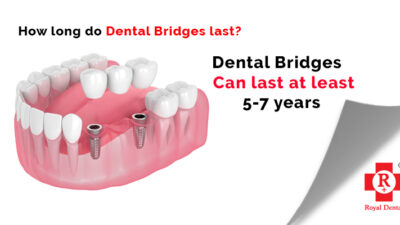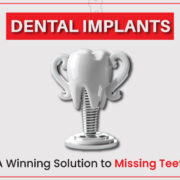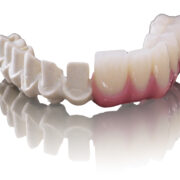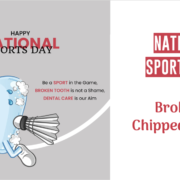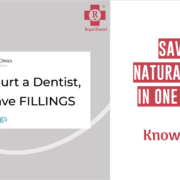To save a severely decayed or infected tooth, root canal therapy is frequently required. To restore the treated tooth’s strength and function, a cap, also called a crown, is placed over the infected tissue. But which cap material should you pick from the many options available on the market, including porcelain, metal, and ceramic? We’ll go over the benefits and drawbacks of each style of cap in this blog, including affordability, durability, and style, to help you make an informed choice. We will assist you in choosing the ideal cap for your root canal, regardless of your preferences for affordability, durability, or a natural appearance. Okay, let’s get going!
What is a Root Canal?
One dental technique used to treat teeth that are damaged or infected is a root canal. The tooth’s diseased or inflamed pulp is removed by the dentist during a root canal, after which the root canals are cleaned and disinfected, and the cavity is filled and sealed. This procedure keeps the tooth from needing to be extracted and stops more infection.
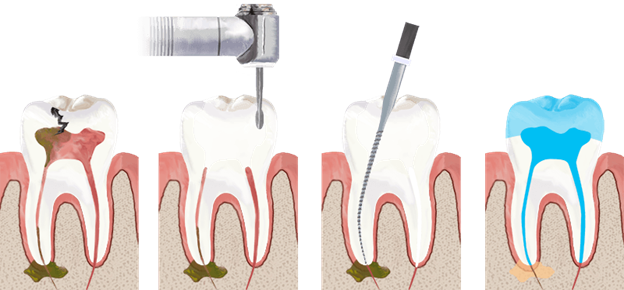
Why is a Root Canal Necessary?
If cavities are left untreated, bacteria may enter the pulp and cause irritation and infection. An infection can result from physical damage to the tooth, such as a crack or fracture, which exposes the pulp to microorganisms. Having the same tooth undergo several dental operations might weaken it and raise the possibility of pulp injury. Bacteria may be able to infiltrate through tooth cracks or chips and infect the pulp. Infections can be brought on by bacteria that leak into teeth through poorly placed or failing fillings.
Types of Caps for Root Canals
Because they closely resemble the color and translucency of genuine teeth, porcelain crowns are renowned for their lifelike appearance. Because of their aesthetic appeal, they are appropriate for front teeth or places that are visible.
Metal crowns are strong and less likely to break or chip. They are frequently composed of gold or other alloys. For molars and teeth that can tolerate strong chewing forces, they are perfect.
Porcelain-fused-to-metal (PFM) crowns combine the aesthetic appeal of porcelain with the strength of metal. They work well on both the front and back teeth and are quite adaptable.
All-ceramic crowns have outstanding aesthetics and biocompatibility because they are composed completely of ceramic materials. They are a well-liked option for people with metal allergies and front teeth.
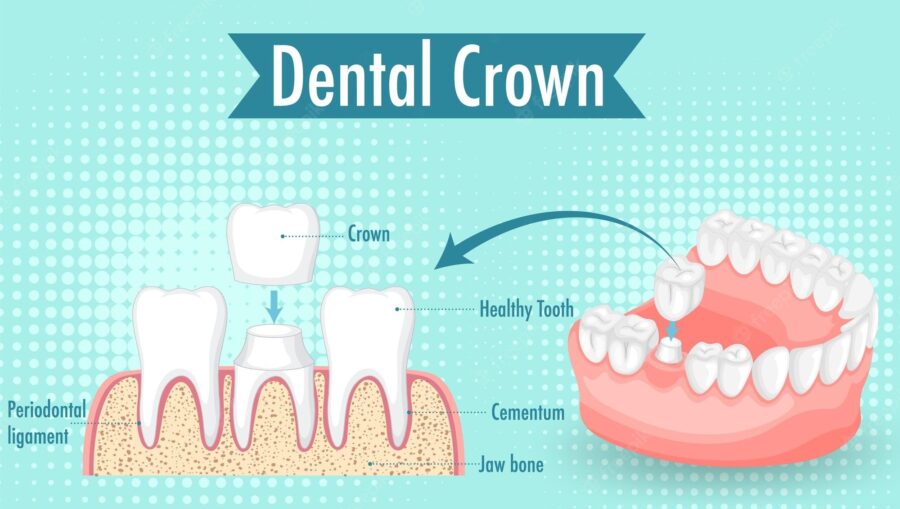
Factors to consider when choosing a Cap for a Root Canal
Differing parts of the mouth’s teeth withstand differing chewing forces. For example, molars need stronger crowns made of zirconia or metal, although front teeth can look better with porcelain or all-ceramic. Think about how the crown looks, particularly if people will be able to see it while you speak or smile. All-ceramic, porcelain-fused-to-metal, and porcelain crowns provide alternatives that match your other teeth naturally.
Certain materials, like zirconia or metal, are incredibly strong and resistant to wear, so they’re good for teeth that get a lot of chewing action. Think about your routines and way of life since these could affect how long the crown lasts. Make sure the crown’s material is biocompatible and doesn’t lead to any issues or allergic reactions.
The price of various crown kinds varies. Talk about the cost with your dentist and take into account the durability and long-term advantages of the material for the crown that you have selected. Put your trust in Dr. Chamria’s knowledge and advice, which are based on your unique dental needs, the state of the tooth, and other pertinent considerations.
Dr. Chirag will first need to remove the tooth’s existing filling material with a special type of solvent. This may cause some discomfort, but it’s a small price to pay for long-lasting protection for your tooth. Root canal caps are also cost-effective. They last for years, so you won’t have to visit your dentist as often and spend a fortune on dental visits.
Which Cap is better for Teeth after Root Canal
Because of its attractive appearance, porcelain crowns are a great option for front teeth or other exposed portions of the teeth. They are more suited for teeth with less biting pressure because they are robust but might not be as tough as metal or zirconia crowns.
Metal crowns, including those composed of alloys or gold, are incredibly strong and stain-resistant. They are appropriate for teeth that experience heavy chewing stresses, such as molars. They lack the aesthetic appeal of ceramic or porcelain alternatives, though.
Porcelain-fused-to-metal (PFM) crowns blend the beauty of porcelain with the durability of metal. They offer a balance between longevity and aesthetics and are adaptable, working well on both front and back teeth.
All-Ceramic Crowns have outstanding aesthetics and biocompatibility because they are composed completely of ceramic materials. They are a well-liked option for people with metal allergies and front teeth. While they might not be as durable as zirconia or metal crowns, they are nevertheless appropriate for teeth that receive moderate chewing force.
Zirconia crowns are renowned for being strong, long-lasting, and aesthetically pleasing. They offer long-term endurance and aesthetic appeal, making them appropriate for molars and teeth that are subjected to strong chewing forces.
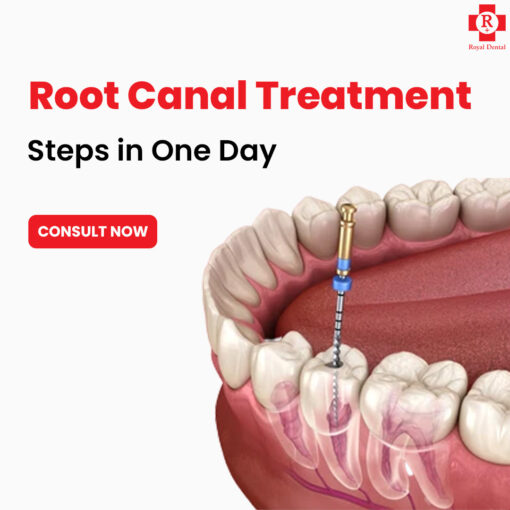
How to Care for Teeth after Root Canal
For optimal results, eliminate plaque, avoid gum disease and tooth decay, and floss every day after brushing your teeth twice a day with fluoride toothpaste. To avoid irritating or damaging the treated tooth, do not use excessive force or pressure when brushing or flossing the surrounding area.
Foods that are sticky or hard to chew on should be avoided as they may cause the treated tooth to become overly stressed and perhaps break. To ensure that the treated tooth and its surrounding tissues are in good health, schedule routine check-ups with your dentist for professional cleanings and exams.
For stronger tooth enamel and cavity prevention, think about using fluoride mouthwash or gel as prescribed by your dentist. Get in touch with Dr. Chirag Chamria right away for an assessment and treatment if you continue to feel pain, swelling, or discomfort in the area surrounding the treated tooth.
If you clench or grind your teeth at night, a nightguard can shield the tooth that has been treated and stop further damage. Consume a diet rich in fruits, vegetables, and foods high in calcium to promote general dental health and tooth strength.
Frequently Asked Questions
Q. Is root canal treatment painful?
A. Since local anesthetic is used during root canal therapy, you shouldn’t experience any pain. After the anesthesia wears off, there may be some soreness or discomfort, but these can usually be treated with over-the-counter painkillers.
Q. Can I eat immediately after a root canal?
A. To prevent inadvertently biting your tongue or face, wait until the anesthetic wears off before consuming anything. As soon as your mouth feels normal again, you can start eating again.
Q. Can I brush and floss normally after a root canal?
A. After a root canal, you can continue your regular brushing and flossing routine. To prevent irritation or damage, treat the treated tooth with delicate care.
Conclusion
Dr. Chirag Chamria advises taking price, location, durability, and aesthetics into account when selecting the ideal root canal cap. It is essential to speak with Dr. Chamria in order to choose the best choice for your unique dental requirements. The choice of crown material—porcelain for its natural beauty or zirconia for its durability—is crucial to the successful protection and restoration of your tooth. Entrusting your root canal treatment to Dr. Chamria’s skill ensures its effectiveness and durability, thus ensuring long-term ideal oral health.
© All rights reserved by Royal Dental Implants Pvt Ltd Issued in the public interest


